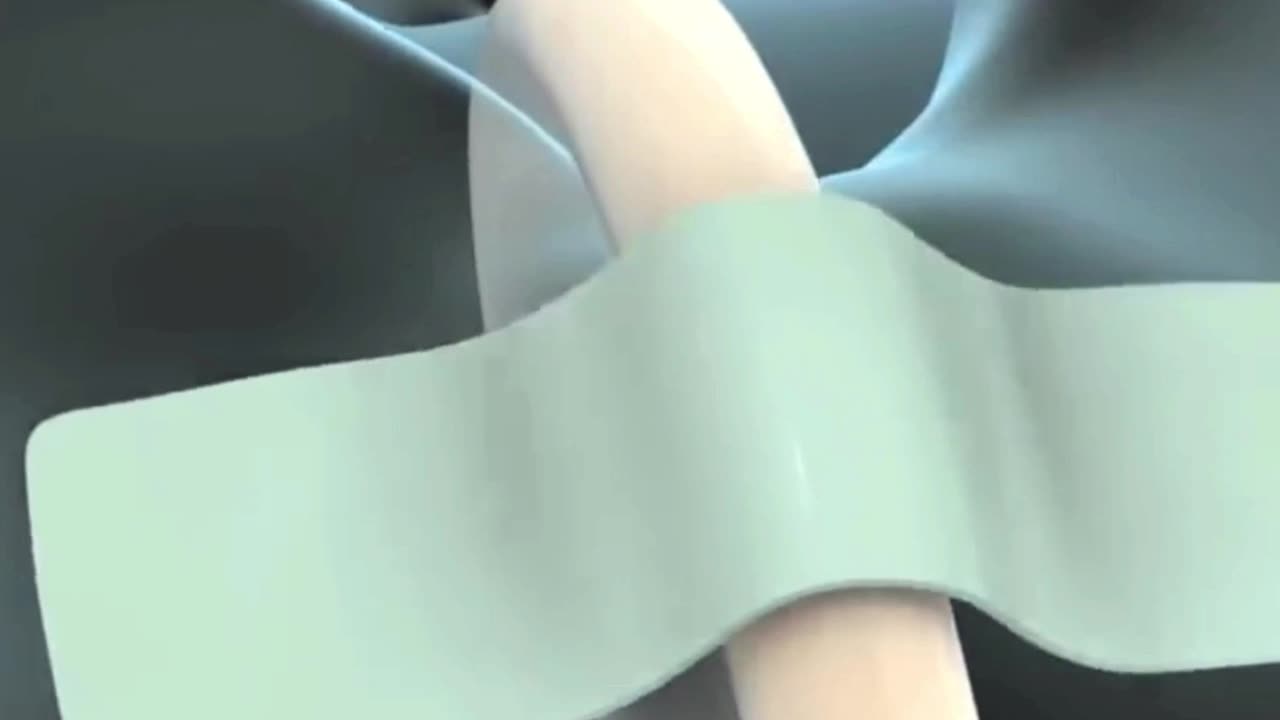Premium Only Content

Intubation and endotracheal tube ETT
Intubation and Endotracheal Tubes
Intubation is a medical procedure that involves inserting a tube into a patient's airway to ensure they can breathe properly. This process is commonly performed in emergencies, surgeries, or when a patient cannot breathe independently due to illness or injury.
What is Intubation?
Intubation involves placing a flexible tube, called an endotracheal tube (ET tube), through the mouth or nose and into the trachea (windpipe). This tube helps keep the airway open and delivers oxygen, anesthetic gases, or other medications directly to the lungs.
When is Intubation Necessary?
Intubation is often required in the following situations:
- Respiratory Failure: When a patient cannot breathe adequately.
- Surgery: To maintain an open airway and avoid aspiration during anesthesia.
- Severe Infections, such as pneumonia or COVID-19, can impair breathing.
- Trauma: Injuries to the head, neck, or chest that obstruct the airway.
- Overdose: When drug overdose causes respiratory depression.
The Intubation Procedure
1. Preparation: The patient is usually given medication to sedate them and prevent pain. Vital signs are monitored closely.
2. Positioning: The patient's head is tilted back to open the airway. A laryngoscope, a unique instrument with a light, is used to view the throat and guide the tube.
3. Insertion: The endotracheal tube is carefully inserted through the mouth or nose, past the vocal cords, and into the trachea.
4. Confirmation: The tube placement is confirmed by listening to breath sounds, checking chest movement, and using devices like a capnograph to measure carbon dioxide levels.
5. Securing the Tube
Types of Endotracheal Tubes
- Oral Endotracheal Tube: Inserted through the mouth.
- Nasal Endotracheal Tube: Inserted through the nose, often used when oral access is difficult.
- Cuffed Endotracheal Tube: A balloon-like cuff near the tip inflates to seal the trachea, preventing air leaks and aspiration.
- Uncuffed Endotracheal Tube: Lacks a cuff and is often used in children.
Risks and Complications
While intubation is a life-saving procedure, it carries some risks, including:
- Infection: Increased risk of pneumonia or other infections.
- Injury: Damage to the teeth, vocal cords, or trachea.
- Misplacement: Incorrect tube placement can lead to inadequate ventilation.
www.MedicalArtsShop.com
-
 1:32:25
1:32:25
Sean Unpaved
3 hours agoMNF Mayhem: Doubleheader Drama, Cheetah's Crushing Fall, & MLB's October Ignition
24.8K1 -
 7:07
7:07
Michael Heaver
2 hours agoBroken UK Uncovers HORRIFYING Truth
26 -
 2:11:32
2:11:32
Russell Brand
2 hours agoGavin de Becker | Fear, Freedom & Resisting Control - SF642
141K15 -
 10:34
10:34
Clownfish TV
4 hours agoGetting 'Canceled by Trump' is GREAT for Ratings?! | Clownfish TV
8074 -
 14:42
14:42
Professor Gerdes Explains 🇺🇦
2 hours agoThis ONE SENTENCE from Putin Guarantees a Long War
172 -
 19:05
19:05
Sponsored By Jesus Podcast
2 days agoI Lost the World But Gained My SOUL | Freedom in Christian Suffering
9.26K3 -
 14:47
14:47
Dr. Nick Zyrowski
15 days agoFasting Is THE Cure - NO FOOD FOR 3 DAYS Completely Heals You!
6.97K9 -
 36:08
36:08
ROSE UNPLUGGED
1 hour agoClimate Fatigue: Is the Whole World Feeling It?
352 -
 2:01:24
2:01:24
The Charlie Kirk Show
3 hours agoBiblical Borders + The Illegal Superintendent + Shutdown Fever | Deace, Homan | 9.30.2025
184K44 -
 LIVE
LIVE
Badlands Media
11 hours agoGeopolitics with Ghost Ep. 42
1,224 watching